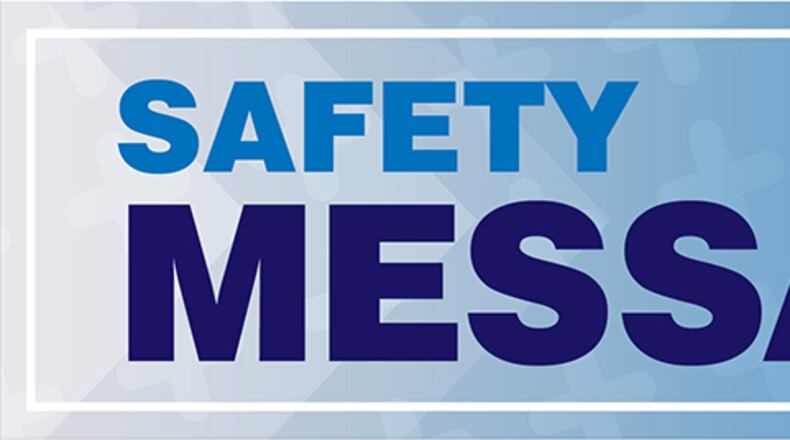Equipment
· A well-maintained and properly adjusted bicycle, with particular emphasis on adequate brakes and tires;
· Good lighting and reflectors when traveling in darkness;
· Bright clothing;
· A helmet to protect against head injuries, the most common serious injury suffered by bicyclists;
· A rearview mirror attached to the helmet, glasses or handlebars is important to permit evasive action without doing it blindly.
Bicycling techniques
· Most bicycle riding is done on roads and streets shared with motor vehicles. For the safety of you and others, obey road rules as if you were driving a car — adhere to stop signs, red lights, and signals before turning or changing lanes.
· Always ride on the right side of the road. Stay in single file as far to the right as practical. It’s both dangerous and illegal to ride on the left side of a two-way highway.
· Be extremely cautious when traveling through intersections. Be aware of traffic around you, and be prepared to brake quickly.
· Avoid traveling along the side of cars when passing through intersections — they may turn in front of you without warning.
· Keep your hands on the handlebars at all times. Riding with no hands does not permit you to stop or avoid the ever-present hazards such as potholes, animals, broken glass and vehicles.
· Yield to all pedestrians. They can’t foresee a dangerous situation as well as you can and may be inattentive. Besides, a bicycle is required by law to yield to pedestrians.
· Remember, your bicycle is a small, inconspicuous vehicle. It is not easily seen on crowded streets and will seldom attract attention on its own. At all times, do everything you can to make sure you’re noticed.
For further guidance, consult Air Force Materiel Command’s supplement to Air Force Instruction 91-207, “The US Air Force Traffic Safety Program,” and Wright-Patterson Air Force Base Instruction 31-116, “Installation Traffic and Parking Code.”
Apply the above guidance and do your part to make traffic safety a priority.
About the Author
